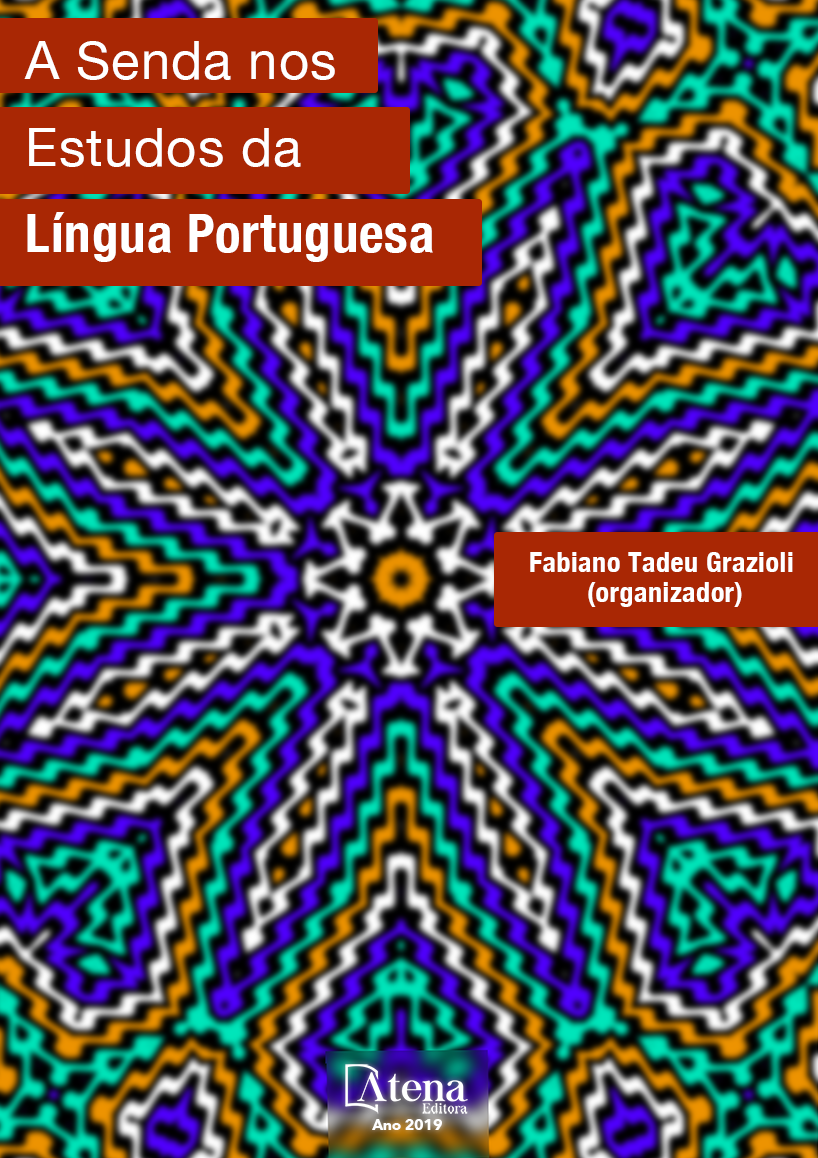
THE INTERCOMPREHENSION BETWEEN PORTUGUESE, SPANISH AND FRENCH AS A STRATEGY FOR TEACHING PORTUGUESE AS A FOREIGN LANGUAGE TO FRENCH STUDENTS AT FRENCH UNIVERSITIES
A aprendizagem de uma Língua
Não Materna (LNM) é um processo complexo
porque compreende fatores não linguísticos,
como a motivação e o estilo de aprendizagem
de cada aprendiz. Por essa razão, afirma-se que
todo aprendiz recorre a sistemas previamente
internalizados ou conhecidos para aprender
a nova LNM. Assim, adotamos o espanhol
e o francês como estratégia para ensinar o
Português Língua Não Materna (PLMN) na
França. O PLNM revela-se uma língua quase
desconhecida para aprendizes que têm o
francês como língua materna e o espanhol
já é uma LNM internalizada ou conhecida
pela maioria. A proximidade tipológica entre
o espanhol, o francês e o português tornase,
então, um importante instrumento para
introduzir a aprendizes franceses o PLMN e, de
fato, ao perceberem a proximidade tipológica
dessas línguas latinas, passam a reconhecer
o PLNM como uma língua não tão estrangeira
para si, apesar de nunca o terem estudado. O
fruto desse trabalho são alunos mais motivados, que desenvolvem a sensação de
“quase falar” o português e, como resultado, se comunicam mais, ainda que no início
do processo de aprendizagem.
THE INTERCOMPREHENSION BETWEEN PORTUGUESE, SPANISH AND FRENCH AS A STRATEGY FOR TEACHING PORTUGUESE AS A FOREIGN LANGUAGE TO FRENCH STUDENTS AT FRENCH UNIVERSITIES
-
DOI: 10.22533/at.ed.9241924079
-
Palavras-chave: Português Língua Não Materna, Espanhol, Francês, Estratégia
-
Keywords: Portuguese as a Foreign Language, Spanish, French, Strategies
-
Abstract:
Learning a Foreign Language (FL)
is a complex process because it involves nonlinguistic
factors, such as the motivation and
learning style of each learner. For this reason,
it is affirmed that every learner uses previously
internalized or known systems to learn a new
FL (Porquier & Py, 2013, p. 21). Thus, we have
adopted Spanish and French as strategic tools
for teaching Portuguese as a Foreign Language
(PFL). In fact, the PFL proves to be an almost
unknown language for learners of whom French
is the native language and Spanish is the FL
internalized or known by the majority. The
typological proximity between Spanish, French
and Portuguese becomes an important tool to
introduce the PFL to French students and, in
fact, when they realize the typological proximity
of these Romance languages, students begin to
recognize the PFL as a language not so foreign
to them, although they have never studied it.
The fruit of this work is more motivated students,
who develop the feeling of “almost speaking”
Portuguese (Almeida Filho, 1995, p. 15) and,
as a result, communicate more, even at the
beginning of the learning process.
-
Número de páginas: 15
- Carolina Nogueira-François


